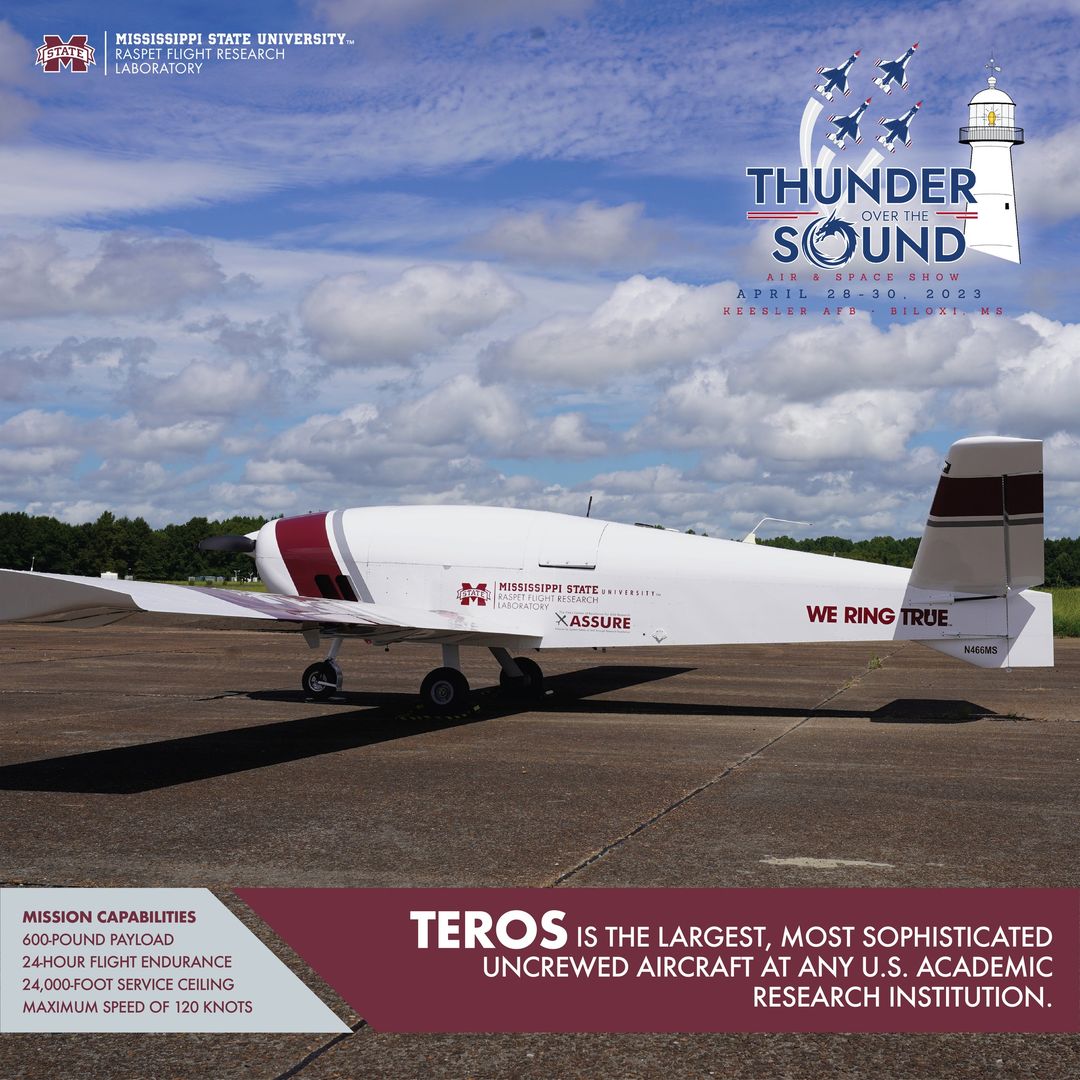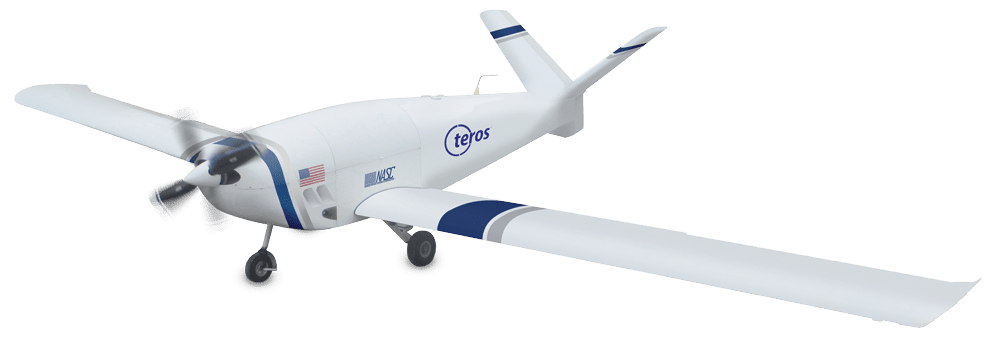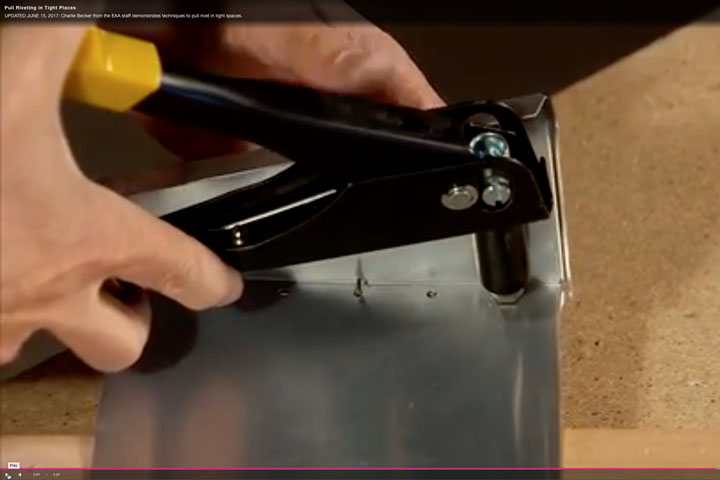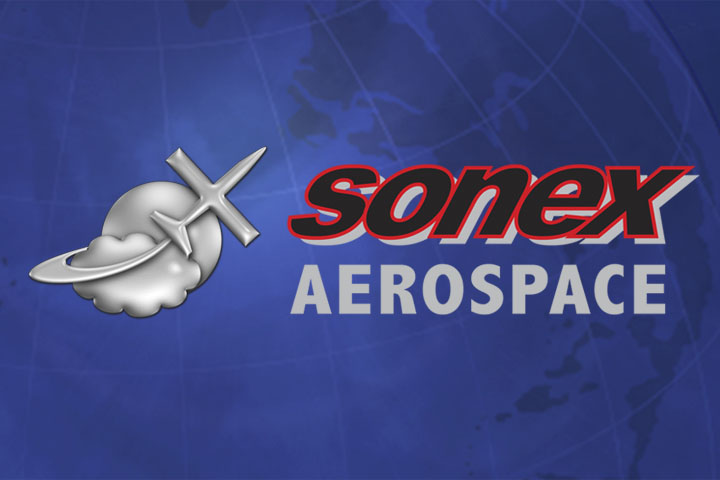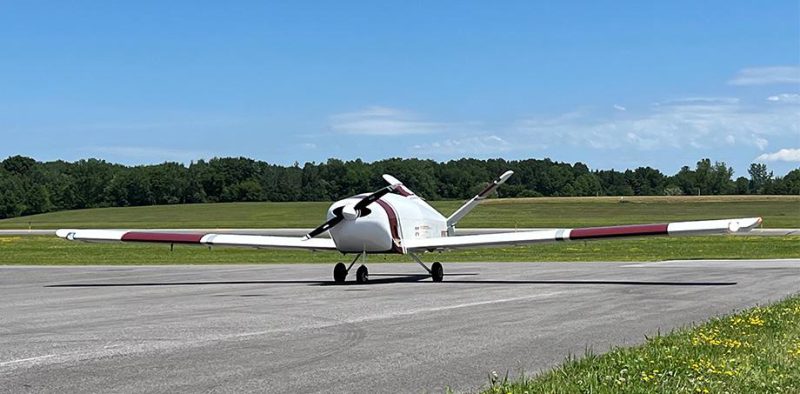
In an October 8th press release, Mississippi State University released details about their deployment of the Teros UAS to Georgia for flights over areas impacted by Hurricane Helene. Derived from the Xenos Motorglider, the Teros UAS was developed by Sonex and Navmar Applied Sciences Corporation to fulfill a variety of government and civilian MALE (Medium Altitude, Long Endurance) UAS missions. MSU’s Raspet Flight Research Laboratory owns and operates two Teros uncrewed aircraft, which have been flown for a number of research and training applications since 2022.
By outfitting Raspet’s large uncrewed aircraft with sophisticated sensors and cameras, MSU personnel provide real-time data and visuals on where floodwaters are moving to partners like FEMA Region 4 and the National Oceanic and Atmospheric Administration. Capable of flying for more than 20 hours and built with a 44-foot wingspan, the Teros can effectively carry large payloads that feed data and video to emergency operations commands.
“Once a hurricane has passed over an inland area, the water it leaves behind is constantly moving, and that movement can be difficult to predict, especially in places where trees and other barriers might obscure water from satellite imagery,” said Jamie Dyer, MSU geosciences professor and NGI associate director. “UAS allow us to see in better detail where water is going and which areas will be impacted by flooding, which is vital information to have during a crisis event. Additionally, the data we collect will improve the river forecasting models that local, state and federal officials rely on.”
Sonex is the airframer for Navmar Applied Sciences Corporation’s Teros and Tracer UAS vehicles, with a collaborative relationship dating-back to 2015. “We are very proud to see Teros serve the public in this vital MSU mission, and to continue our collaboration with NASC as they extend the market reach of Teros,” comments Sonex owner and president Mark Schaible. “Teros is increasing in popularity and demand as an extremely cost-conscious, attritable MALE UAS platform capable of performing missions otherwise executed by far-less taxpayer friendly systems. Our work in this sector continues to be a great diversification for our business and benefits the traditional kit aircraft customer in many ways including design innovation.”
Teros also made headlines earlier this year in a US Army press release as the UAS platform used to test new technologies in automomous surveillance.
See the Full MSU Press Release

